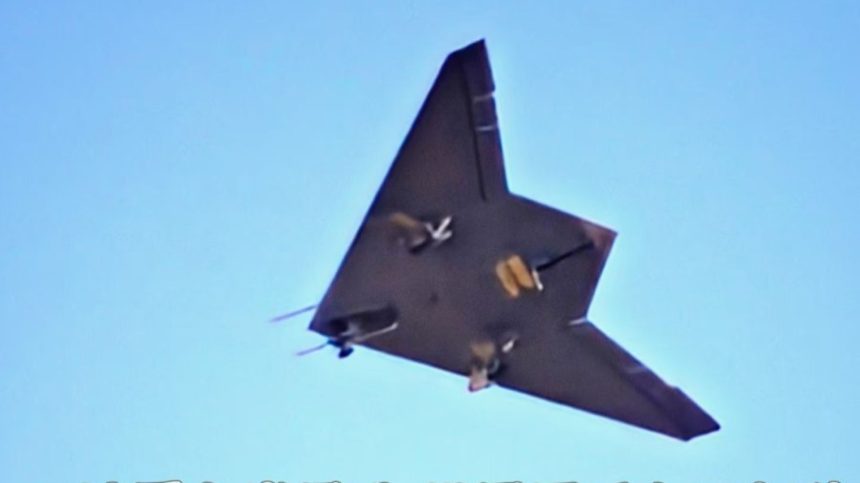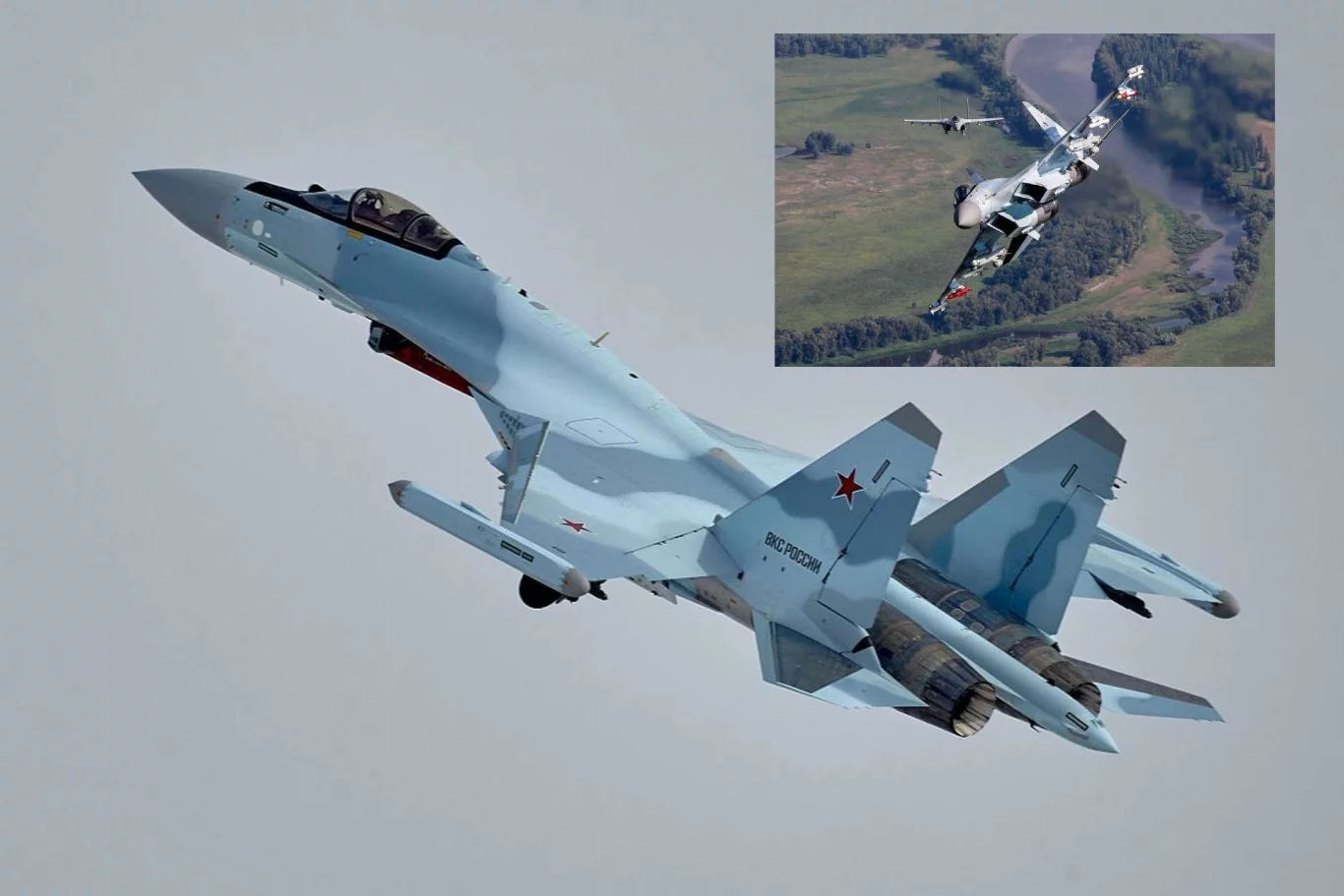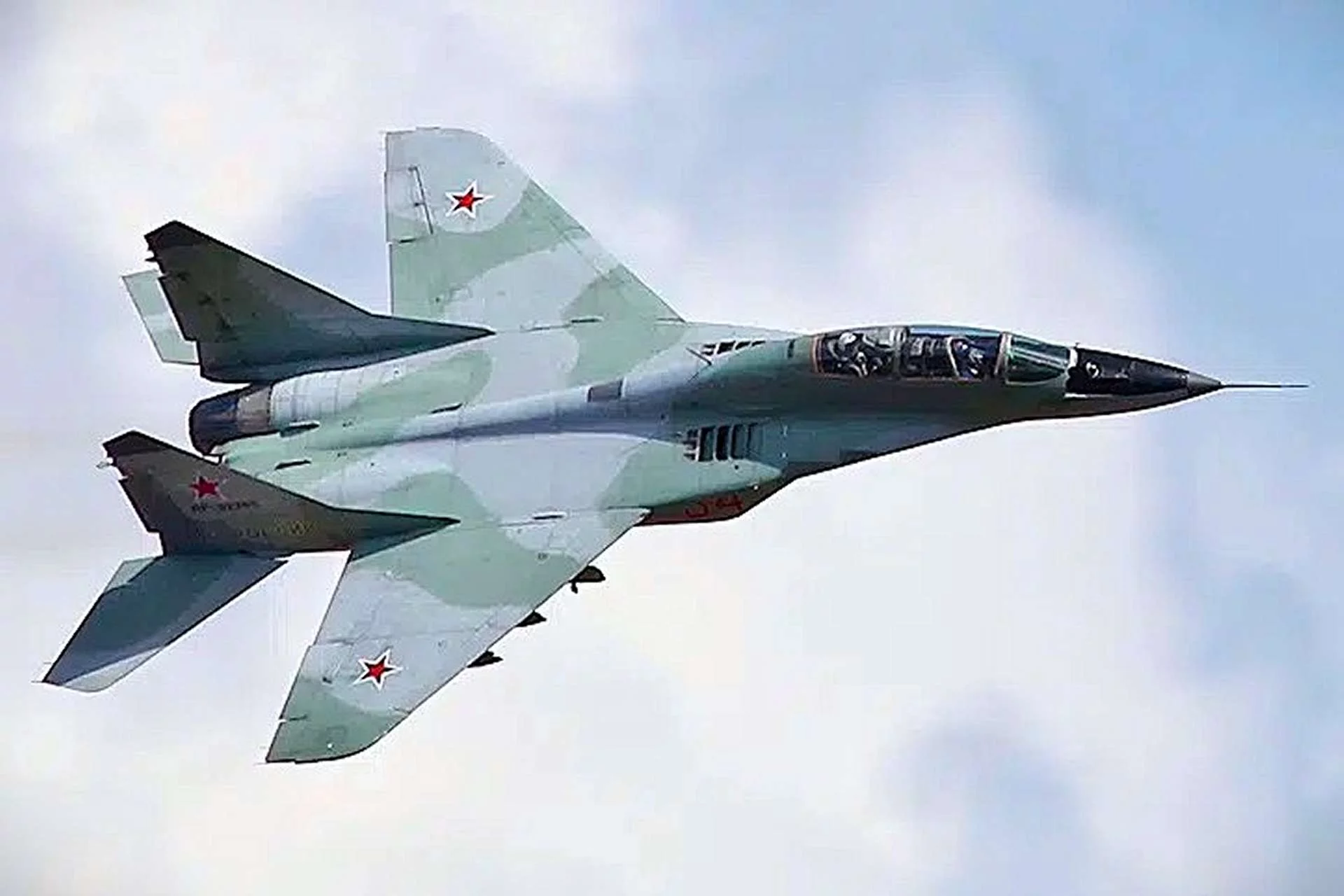The future of naval warfare is increasingly taking to the skies, not just with piloted aircraft, but with an ever-evolving fleet of unmanned combat aerial vehicles (UCAVs). In this high-stakes arena, China has been a particularly keen and rapid developer, and one of the most intriguing recent revelations is the GJ-21 naval UCAV. While details often remain shrouded in the characteristic secrecy of the People’s Liberation Army (PLA), the emergence of the GJ-21 signals a significant leap forward in China’s naval aviation capabilities, promising to fundamentally alter how its growing aircraft carrier fleet operates and projects power across critical maritime domains.
For years, the gold standard for naval air power has been the crewed fighter jet, launching from the deck of an aircraft carrier. However, the inherent limitations of human pilots – endurance, G-force tolerance, and the ever-present risk to life – have spurred global navies to explore unmanned alternatives. China, with its ambitious naval expansion and increasing focus on carrier-centric operations, is no exception. The GJ-21 is not just another drone; it represents a strategic pivot, aiming to complement and eventually augment its piloted J-15 fighter jets on its expanding fleet of aircraft carriers, such as the Liaoning, Shandong, and the advanced Fujian.
What makes the GJ-21 so potentially revolutionary for the PLA Navy (PLAN)? Firstly, its very nature as a naval UCAV implies it is designed for demanding carrier operations. This includes robust landing gear for arrested landings, powerful engines for catapult launches (or ski-jump takeoffs on older carriers), and advanced navigation systems tailored for the dynamic environment of a ship at sea. The ability to launch and recover seamlessly from an aircraft carrier opens up a vast new realm of possibilities for persistent surveillance, reconnaissance, and potentially, strike missions far from mainland bases.
One of the most immediate and impactful applications of the GJ-21 would be extending the carrier strike group’s “eyes and ears.” Unlike human pilots who require rest and relief, UCAVs can conduct missions of significantly longer duration. This “persistent stare” capability would be invaluable for maritime domain awareness, particularly in contested areas like the South China Sea. Imagine a GJ-21 quietly patrolling for hours, monitoring shipping lanes, tracking foreign naval movements, or providing real-time intelligence to the carrier group, all without putting a human pilot in harm’s way. This extended endurance dramatically increases the operational reach and effectiveness of the carrier.
Furthermore, the GJ-21 could revolutionize the “dull, dirty, and dangerous” missions that are typically assigned to naval aviation. Reconnaissance over heavily defended areas, electronic warfare missions designed to jam enemy radars, or even acting as decoys to draw enemy fire – these are all roles where an unmanned platform excels. By offloading these high-risk tasks to UCAVs, the PLAN can preserve its precious piloted aircraft and their highly trained crews for more complex and critical combat roles.
The strategic implications of the GJ-21’s integration into the PLAN are profound. In the context of the South China Sea, where China asserts expansive territorial claims, the GJ-21 would provide an unmatched capability for continuous surveillance and control. It could monitor the vast archipelago more effectively, identify unauthorized incursions, and provide early warning for any potential threats. This persistent presence strengthens China’s claim and its ability to enforce its will in the region.
Beyond surveillance, the “C” in UCAV – “Combat” – suggests the GJ-21 is not merely an observation platform. While specific armaments remain speculative, it’s highly probable that it could be equipped with precision-guided munitions for strike missions against surface vessels or land targets. This transforms the carrier into an even more versatile and potent offensive platform, capable of launching both manned and unmanned strikes, thereby increasing the complexity and challenge for any potential adversary.
The development and deployment of the GJ-21 also reflect China’s broader commitment to modernizing its military and achieving technological parity, if not superiority, with global powers. It demonstrates a sophisticated capability in integrating advanced aerospace technology with complex naval operational requirements. This progression underscores China’s ambition to become a truly global naval power, capable of projecting power and protecting its interests far beyond its immediate shores.
Of course, challenges remain. Integrating UCAVs seamlessly into existing carrier air wings requires sophisticated command and control systems, robust data links, and advanced artificial intelligence to manage complex air traffic and mission profiles. The doctrine for employing such systems is also evolving. Nevertheless, the GJ-21 represents a clear signal of intent: China is investing heavily in unmanned naval aviation, and its capabilities will undoubtedly reshape the maritime strategic landscape for decades to come. As the PLAN continues to expand its carrier fleet, the GJ-21 will likely become an increasingly visible and critical component, a silent sentinel patrolling the seas and extending China’s reach across the global oceans.




